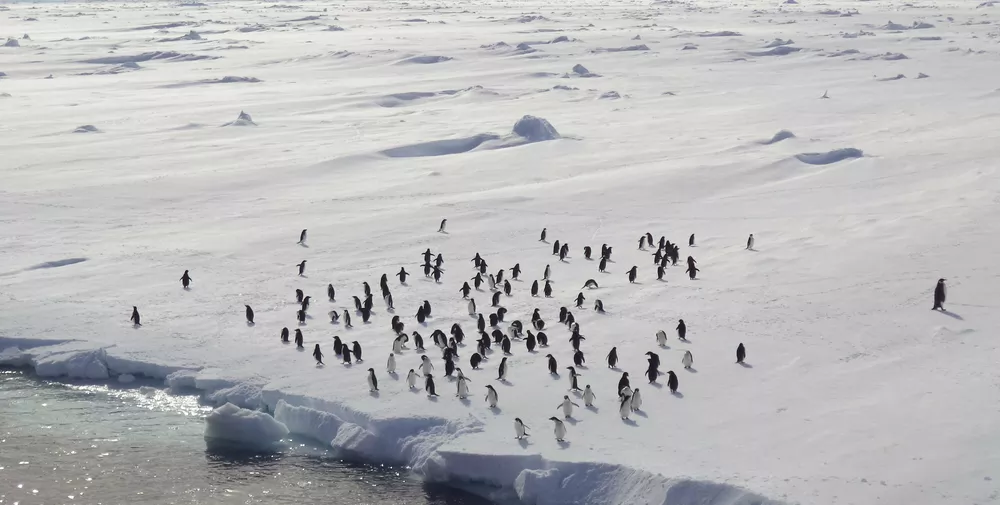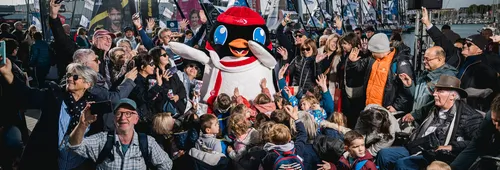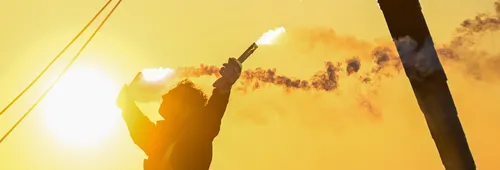The passage of the Vendée Globe skippers off these districts of the French Southern and Antarctic Lands (TAAF) is a major stage in their journey, known as the "ice gate".
For nearly 70 years, these exceptional territories, which are home to one of the highest concentrations and diversity of birds and marine mammals in the world, have welcomed between 40 and 100 technical, scientific and military personnel every year, who are responsible for preserving these sanctuaries of biodiversity, conducting scientific programmes of the greatest importance, particularly in terms of understanding global change, and ensuring France's sovereignty.
With an advisory council led by sailor Isabelle Autissier, who took part in the 1996-1997 Vendée Globe, the French Southern and Antarctic Territories have a special relationship with the world of the sea.
First and foremost, one of the essential missions of this administration is to preserve the exceptional biodiversity of the land and sea areas under French jurisdiction ("ZEE") which border the Kerguelen and Crozet archipelagos, and the islands of Saint-Paul and Amsterdam further east. Fully classified as a national nature reserve since February 2022 and listed as a UNESCO World Heritage Site, they are the largest protected area in France and the second largest in the world.
Secondly, in terms of symbolism, the life in an isolated environment experienced by the personnel deployed to these territories is often compared to that of a crew: individual commitment, solidarity, autonomy and a strong relationship with the elements are all common markers between the two experiences.
Maintaining a permanent human presence in these territories at the end of the world also requires complex logistics to be set up, provided in the southern districts by the Marion Dufresne, the French Southern and Antarctic Lands' Swiss Army knife supply ship based in La Réunion.
The Marion Dufresne is called upon to supply the districts four times a year and has also been mobilised on two occasions for rescue operations involving skippers in the Vendée Globe. In 2008, Bernard Stamm was forced to abandon the race after grounding in the Gulf of Morbihan in Kerguelen following damage to his boat. He was repatriated to the Réunion Island by the Marion Dufresne. In 2016, the Marion Dufresne was again mobilised to help Kito de Pavant, who suffered major damage to his keel after hitting an unidentified object north of the Crozet archipelago.
Committed to the same values as the Vendée Globe, in particular the protection of marine environments and maritime solidarity, the French Southern and Antarctic Lands are enthusiastic partners in the Vendée Globe 2024!







